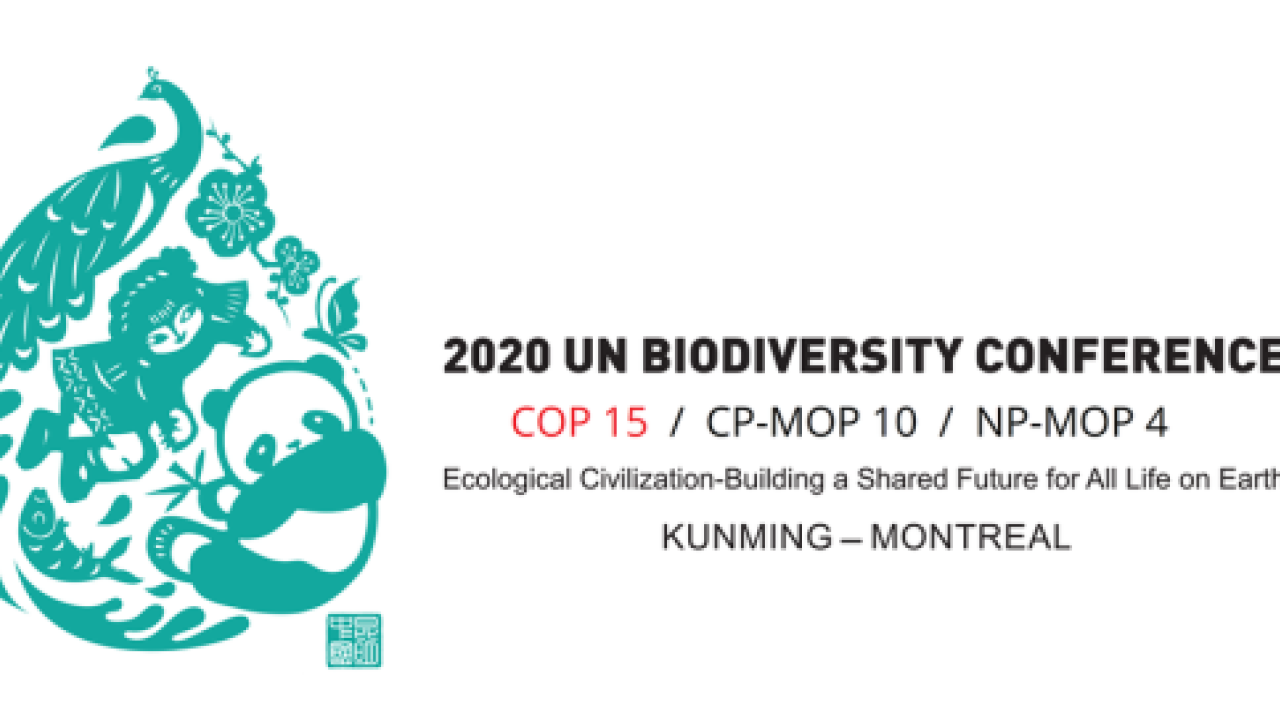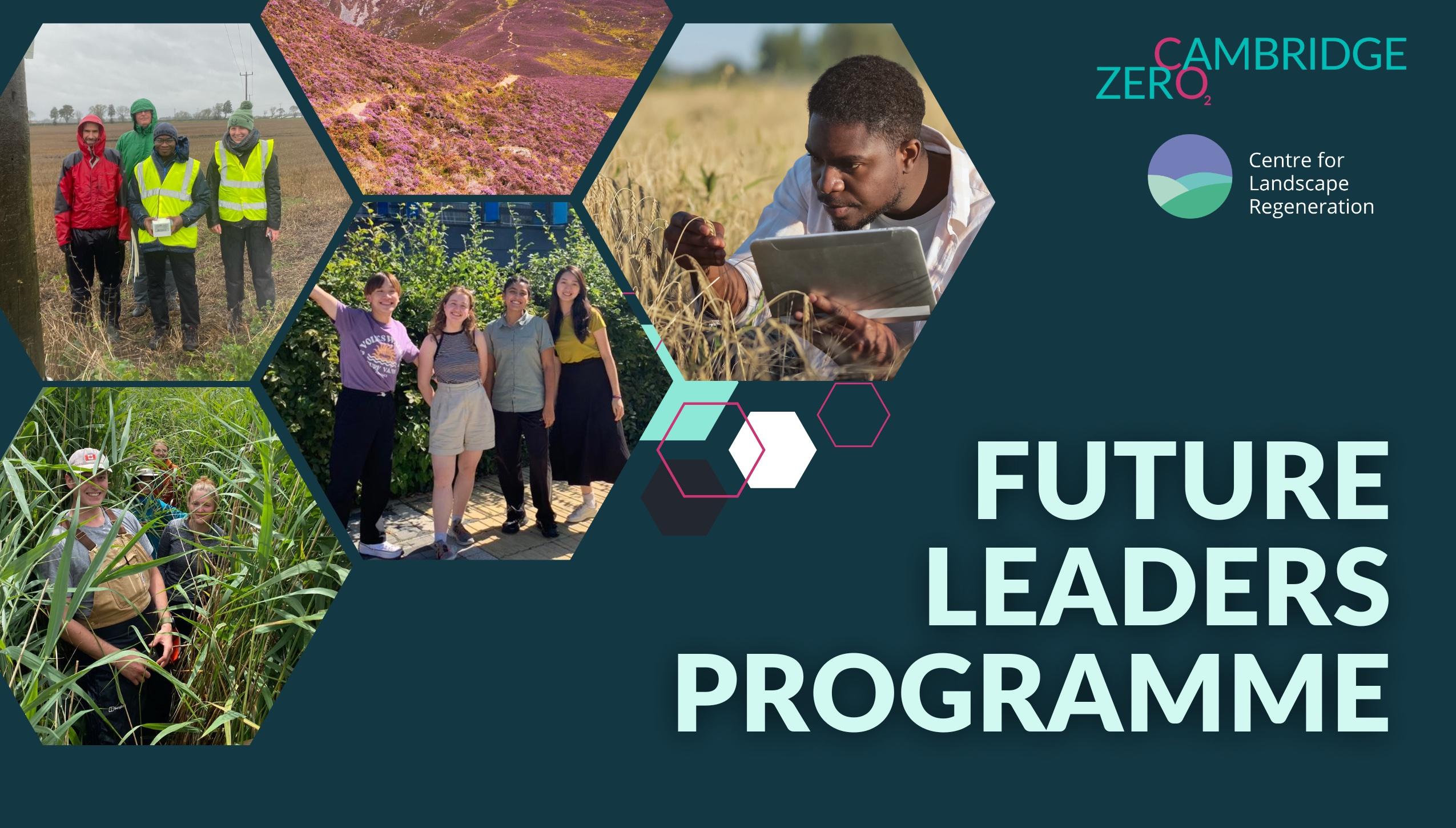The dust has settled since last December’s much anticipated COP 15. It was a large, contentious, hideously expensive, and perhaps, successful meeting. Each COP is a grand cabaret juggling the threats of complacency, extinction, famine, societal collapse with the hope of justice and regeneration. A cabaret of two stages, an inner stage of delegates hammering out deals, and an outer and altogether noisier stage where public events are held. In the end 188 governments signed the “Post 2020 Global Biodiversity Framework” (GBF), an ambitious and timely roadmap outlining what countries need to do to reverse nature loss.
Inger Andersen, executive director of United Nations Environment Program (UNEP), said: “Success will be measured by our rapid and consistent progress in implementing what we have agreed to. The entire UN system is geared to support its implementation so we can truly make peace with nature.”
Biodiversity COPs have wrestled with a number of core dilemmas. The balance and compromise of a negotiated political process and its real impact on the ground is always uncertain. However, COP 15 represents significant improvements in terms of representation, equity, and accessibility. Indigenous and tribal peoples are now integral participants in the COP processes. The science base for the discussions has never been stronger. The business community was poorly represented in early meeting while at Montreal they were a dominant and persuasive cadre. Yet while the machinery and representation of the COPs may have improved, but not perfected, the rate of biodiversity continues to accelerate.
This is not to say that conservation has not worked. Where the right resources and legal mandates are properly applied conservation has successfully retained and regenerated nature. Our ability to act at scale has increased-in those 30 years the scale of landscape restoration has increased from projects of 10 to 100 hectares to projects covering millions of hectares (for example CCI’s Endangered Landscapes Programme). The role of national and local NGOs has grown spectacularly. I would argue that with government support and increased funding the global conservation community is ready for its greatest challenge—securing a nature rich and therefore sustainable future. I work in a building that on good day houses close to 500 conservationists—I can sense their determined and courageous commitment to the future.
The 14-page agreement features 23 targets, which governments should aim to achieve by 2030. Some of the key ambitions for the biodiversity summit include: ensuring at least 30% of the Earth’s lands and seas are effectively conserved by 2030; ensuring that, by 2050, a “shared vision of living in harmony with nature is fulfilled”; eliminating billions of dollars of environmentally damaging government subsidies; restoring degraded ecosystems; and reducing the loss of areas with high biodiversity importance to near zero. Encouragingly, Agroecology and Food Waste were referenced in Target 10 of the GBF, a long-awaited recognition that sustainable agriculture is a key tool for retaining and regenerating nature.
There are big challenges as we translate the GBF into action. A vital part of this is ensuring that proposed changes in land use and management (e.g., the 30 x 30 agenda) are delivered with the best interests of the traditional and local communities as a priority. Indigenous peoples’ lands host 80% of the world’s biodiversity, despite only representing 5% of the world’s population. Much work is needed here to ensure conservation is a force for good for all communities. An area that got insufficient attention was the topic of ecocide, the crime of destroying nature.
Water will be a key area of activity-water holds unique and highly threatened biodiversity while natural watersheds are the key to the survival of many of the world’s cities. The world’s largest cities (>750,000 population), occupy less than 1% of the Earth’s land surface but their source watersheds occupy 40% of its surface. Ecological degradation of natural water systems is damaging water supplies and rendering urban areas increasingly vulnerable to flooding and drought.
We get used to living life in discrete chunks of time measured by degrees, contracts, and mortgages, and we forget that through the COP and other instruments we are building an intergenerational vison for the future. This is a 10-year sprint, followed by a 100-year determined slog.
So, what must happen now to start the 10-year sprint? Business is part of the answer and needs to urgently review the GBF’s implications and their responsibilities to monitor, assess, disclose, and repair the nature they depend upon. This represents an enormous overhaul for business and financial practise, but one that is desperately needed to ensure business continuity and a sustainable planet.
For a long time, the different COPs have acted separately, now the Climate COPs (UNFCCC), the Desertification COPs (UNCCD) are increasingly linked with the Biodiversity COP (CBD). This is a vitally important trend. This integration between the global COPs is vital in allowing joined up action on complex challenges. COP 15 was a fundamentally different meeting compared with its predecessors, a broader based and much more pluralistic event, and that is a good thing. Rebuilding nature at scale is an essential part of limiting and managing climate change.
Universities, including Cambridge, will continue to play a vital role in taking the COP’s ambitions and converting them into science based and culturally appropriate practical delivery. This is necessarily a deeply collaborative venture linking the Cambridge Conservation Initiative (including the Cambridge Conservation Research Institute) with experts and communities around the world with the clear aim of building tested resources for delivery of the GBF.
There is a huge global need for new conservationists—a truly diverse cadre of professionals with cross disciplinary skills ready to tackle the challenges of a volatile 21st Century.
Another big challenge is ensuring that governments adopt their responsibilities. Too many governments have abdicated their biodiversity responsibilities to the NGO community forgetting that NGOs and communities need sound legal frameworks to deliver effective conservation. This is the area that deeply worries me—we have the global ambition, we understand the grave risks ahead of us and to a large extent we know what we need to do, but without government commitment the cause is profoundly weakened.
There is a real danger that biodiversity will be overshadowed by the increasingly frequent disasters of our denatured age. Last year, I was listening to passionate Ukrainian scientists describe their plans for restoring great swathes of their land, today those plans are statements of hope, and those landscapes are battle grounds.
Over the next year or so we need to watch for progress. In simple terms we can measure the number of institutions that adopt the GBF targets as part of their strategy. For instance, business groups are actively discussing next steps—for instance the Business for Nature Coalition. There is a huge opportunity for ambitious nations, governments, academic institutions, and civil society to accelerate the delivery of the GBF. Many of us see city mayors as a way if initiating real and timely change—they are driven by the imperative of protecting their city and the quality of life of their constituencies. Experience teaches us that collaboration drives the delivery of these pioneering projects-civil society often has the vision and the impetus to do extraordinary things.
As citizens our voice and actions count. Encourage your institutions to implement a biodiversity gain strategy that delivers rewilding and nature gain, look at the hidden costs of resources such as food (big win already with vegan food in the university). Look for meaningful key GBF related performance indicators in annual reports and investment plans. Ideally, every graduating student from Cambridge should be prepared as a citizen who can play their individual role in forging a better planet.
If we want a decent future, we need to take this once in a generation opportunity and make sure we deliver the promises of the Global Biodiversity Framework. It is time for each one of us to invest in the future, time to be a good ancestor.
----------
Mike Maunder, Executive Director of the Cambridge Conservation Initiative, a collaboration between 11 conservation organisations including the University of Cambridge. This text reflects Mike’s personal views and not necessarily those of the CCI’s participating organisations. Mike did not attend the COP and applauds the committed conservationists from CCI who helped forge a strong Global Biodiversity Framework.



